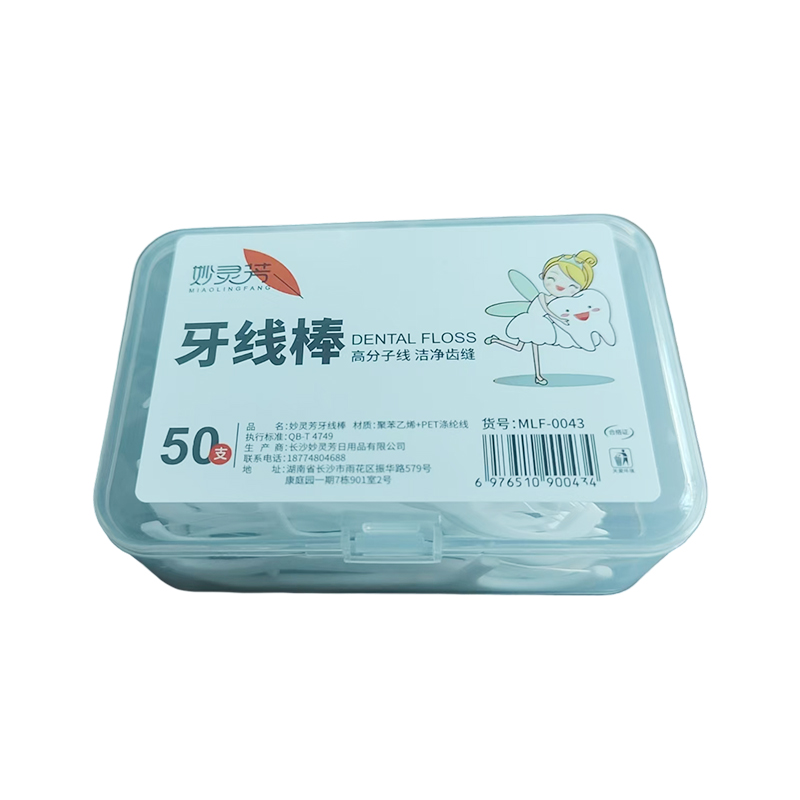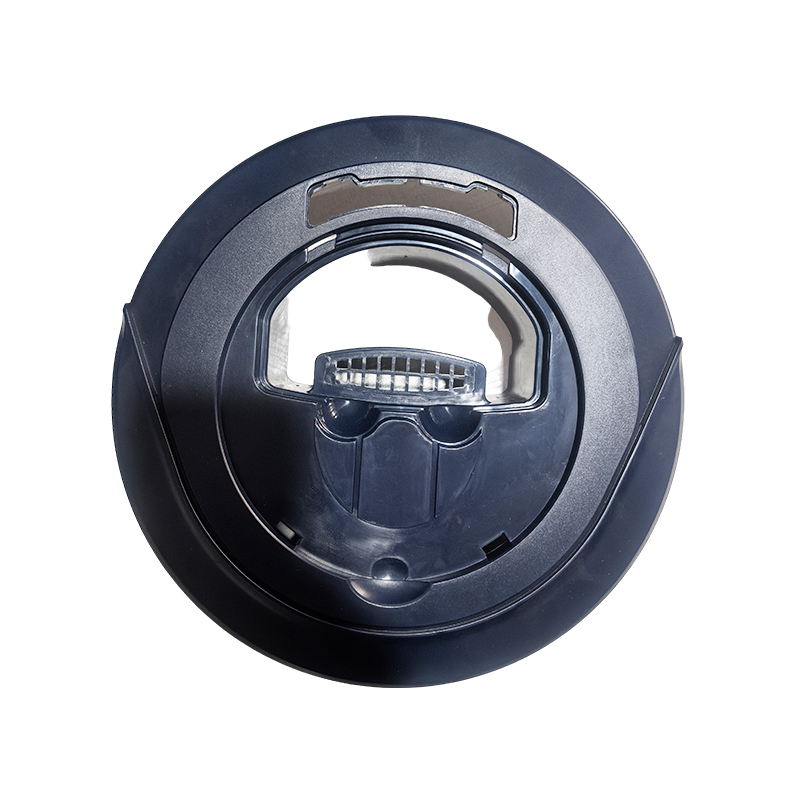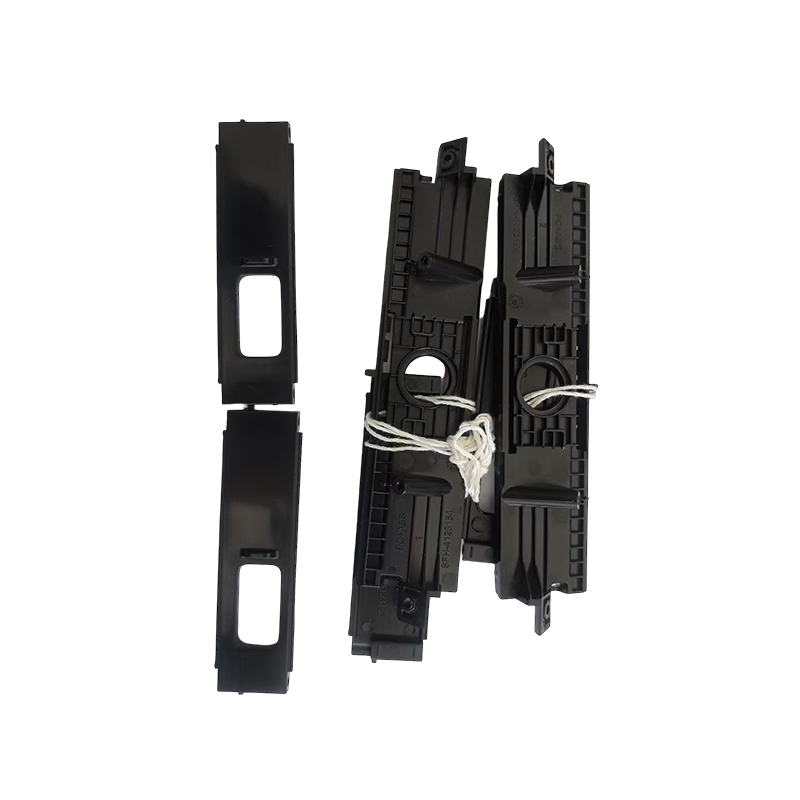How do high-performance engineering plastics enhance the strength and weather resistance of auto parts?
Release Time : 2025-09-10
In the sophisticated landscape of the modern automotive industry, auto parts, with their "lightness and intelligence," are quietly reshaping the boundaries of vehicle performance and aesthetics. They are no longer a cheap alternative to metal components, but rather a masterpiece of modern engineering that integrates polymer material science, precision mold technology, and personalized design. Every injection molding process and every functional realization blends lightweighting, complex structures, and aesthetic expression.
At first glance, the beauty of auto parts stems from a "symbiosis of sophistication and functionality." A diverse range of surface treatments, from high-gloss mirrors to delicate matte finishes, imitation leather textures, and carbon fiber grain, offer a rich tactile feel and a sophisticated visual aesthetic, perfectly matching the interior styles of various vehicle models. High color saturation allows for precise color matching, achieving seamless integration with the vehicle body or interior. Geometric forms transcend traditional limitations, enabling integrated designs such as complex curves, hollow structures, integrated clips, and light guides, reducing the number of parts and assembly steps. Whether it's dashboard trim, door armrests, air conditioning vent blades, or exterior grilles and hubcaps, auto parts imbues the vehicle with a modern and stylish aesthetic through its sleek lines, rich textures, and precise dimensions. This visual harmony, innovative form, and tactile quality exemplify the renewed vitality of plastics in the automotive industry.
The company's core innovation lies in the deep integration of customization capabilities and high-performance material applications. Modern automotive components are increasingly demanding, requiring them to be aesthetically pleasing and durable while also meeting diverse performance requirements such as lightweight, low-VOC, weather-resistant, and flame-retardant. By utilizing advanced engineering plastics—such as ABS, PC/ABS, PP, PA (nylon), and PBT—and incorporating glass fiber reinforcement, flame-retardant modification, and low-odor formulations, auto parts significantly enhance the parts' strength, rigidity, high-temperature resistance, and environmental performance. Innovative precision injection molding and two-shot molding processes ensure complete filling of thin-walled parts and precise replication of complex structures. Crucially, its robust customization services are key. Leveraging a professional design and engineering team, we can perform reverse engineering, structural optimization, and mold development based on customer-provided drawings or physical samples, rapidly responding to the personalized needs of different vehicle models and configurations. From concept design to mass production delivery, we collaborate throughout the entire process to ensure products fully meet customer specifications and standards.
From an application perspective, it provides a flexible fulcrum for automotive manufacturing. As a non-metallic automotive component, it is widely used in various systems, including interior and exterior trim, engine compartment, and chassis. Its lightweight properties directly contribute to improved vehicle fuel economy and electric range; its excellent insulation, vibration, and noise reduction capabilities enhance the driving experience; its complex integrated design simplifies the assembly process and reduces overall costs. Its scratch and UV resistance ensures a high-quality appearance even after long-term use.
Auto parts are the "invisible shapers" of the mobile space. They leverage material intelligence to overcome weight constraints and meet diverse needs with customized designs. With every mold closing and part demolding, auto parts silently prove that true automotive progress lies not in a single technological breakthrough, but in deeply exploring the potential of materials and swiftly responding to customer needs. Auto parts enable lightness and greater possibilities. Whether it's a streamlined front lip that pursues ultimate aerodynamics or intelligent cockpit components that balance comfort and technology, auto parts, with their superior performance and boundless creativity, have become an indispensable precision element of modern automobiles.
At first glance, the beauty of auto parts stems from a "symbiosis of sophistication and functionality." A diverse range of surface treatments, from high-gloss mirrors to delicate matte finishes, imitation leather textures, and carbon fiber grain, offer a rich tactile feel and a sophisticated visual aesthetic, perfectly matching the interior styles of various vehicle models. High color saturation allows for precise color matching, achieving seamless integration with the vehicle body or interior. Geometric forms transcend traditional limitations, enabling integrated designs such as complex curves, hollow structures, integrated clips, and light guides, reducing the number of parts and assembly steps. Whether it's dashboard trim, door armrests, air conditioning vent blades, or exterior grilles and hubcaps, auto parts imbues the vehicle with a modern and stylish aesthetic through its sleek lines, rich textures, and precise dimensions. This visual harmony, innovative form, and tactile quality exemplify the renewed vitality of plastics in the automotive industry.
The company's core innovation lies in the deep integration of customization capabilities and high-performance material applications. Modern automotive components are increasingly demanding, requiring them to be aesthetically pleasing and durable while also meeting diverse performance requirements such as lightweight, low-VOC, weather-resistant, and flame-retardant. By utilizing advanced engineering plastics—such as ABS, PC/ABS, PP, PA (nylon), and PBT—and incorporating glass fiber reinforcement, flame-retardant modification, and low-odor formulations, auto parts significantly enhance the parts' strength, rigidity, high-temperature resistance, and environmental performance. Innovative precision injection molding and two-shot molding processes ensure complete filling of thin-walled parts and precise replication of complex structures. Crucially, its robust customization services are key. Leveraging a professional design and engineering team, we can perform reverse engineering, structural optimization, and mold development based on customer-provided drawings or physical samples, rapidly responding to the personalized needs of different vehicle models and configurations. From concept design to mass production delivery, we collaborate throughout the entire process to ensure products fully meet customer specifications and standards.
From an application perspective, it provides a flexible fulcrum for automotive manufacturing. As a non-metallic automotive component, it is widely used in various systems, including interior and exterior trim, engine compartment, and chassis. Its lightweight properties directly contribute to improved vehicle fuel economy and electric range; its excellent insulation, vibration, and noise reduction capabilities enhance the driving experience; its complex integrated design simplifies the assembly process and reduces overall costs. Its scratch and UV resistance ensures a high-quality appearance even after long-term use.
Auto parts are the "invisible shapers" of the mobile space. They leverage material intelligence to overcome weight constraints and meet diverse needs with customized designs. With every mold closing and part demolding, auto parts silently prove that true automotive progress lies not in a single technological breakthrough, but in deeply exploring the potential of materials and swiftly responding to customer needs. Auto parts enable lightness and greater possibilities. Whether it's a streamlined front lip that pursues ultimate aerodynamics or intelligent cockpit components that balance comfort and technology, auto parts, with their superior performance and boundless creativity, have become an indispensable precision element of modern automobiles.







